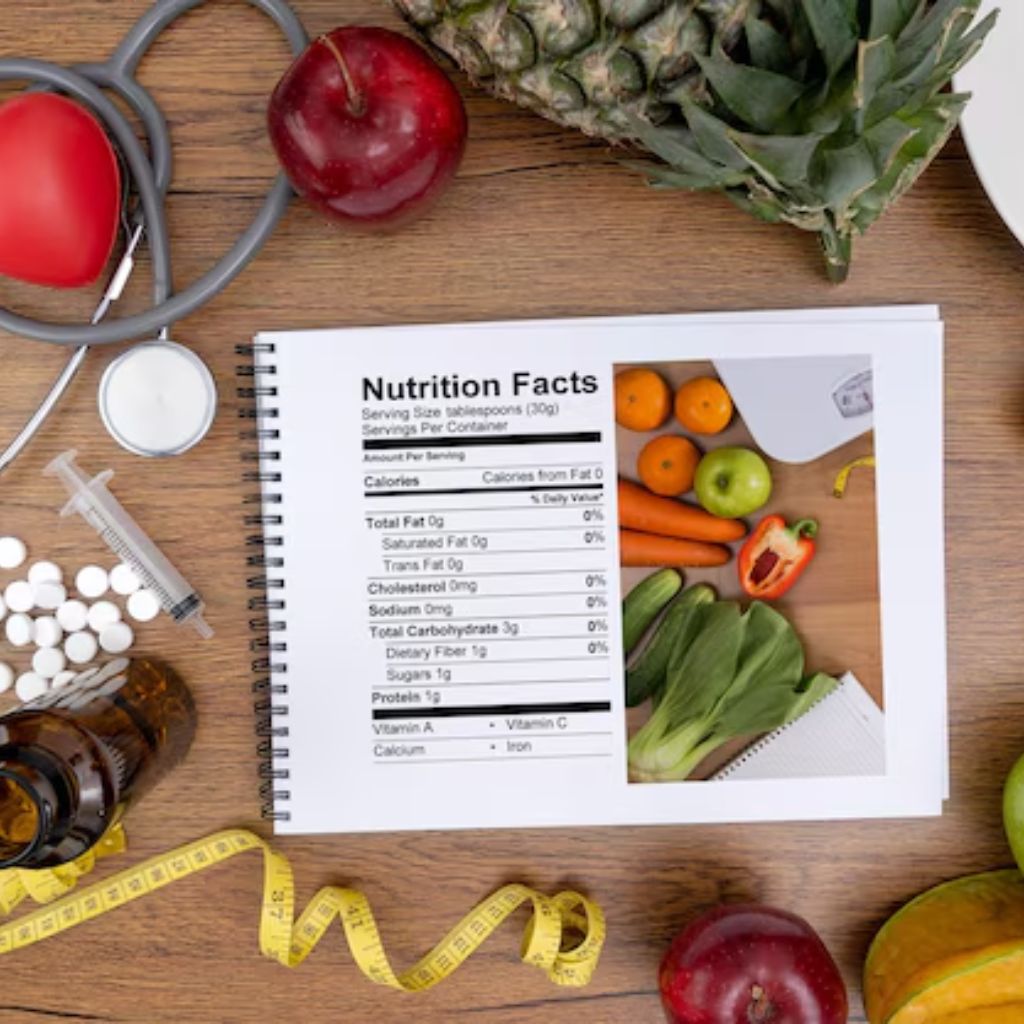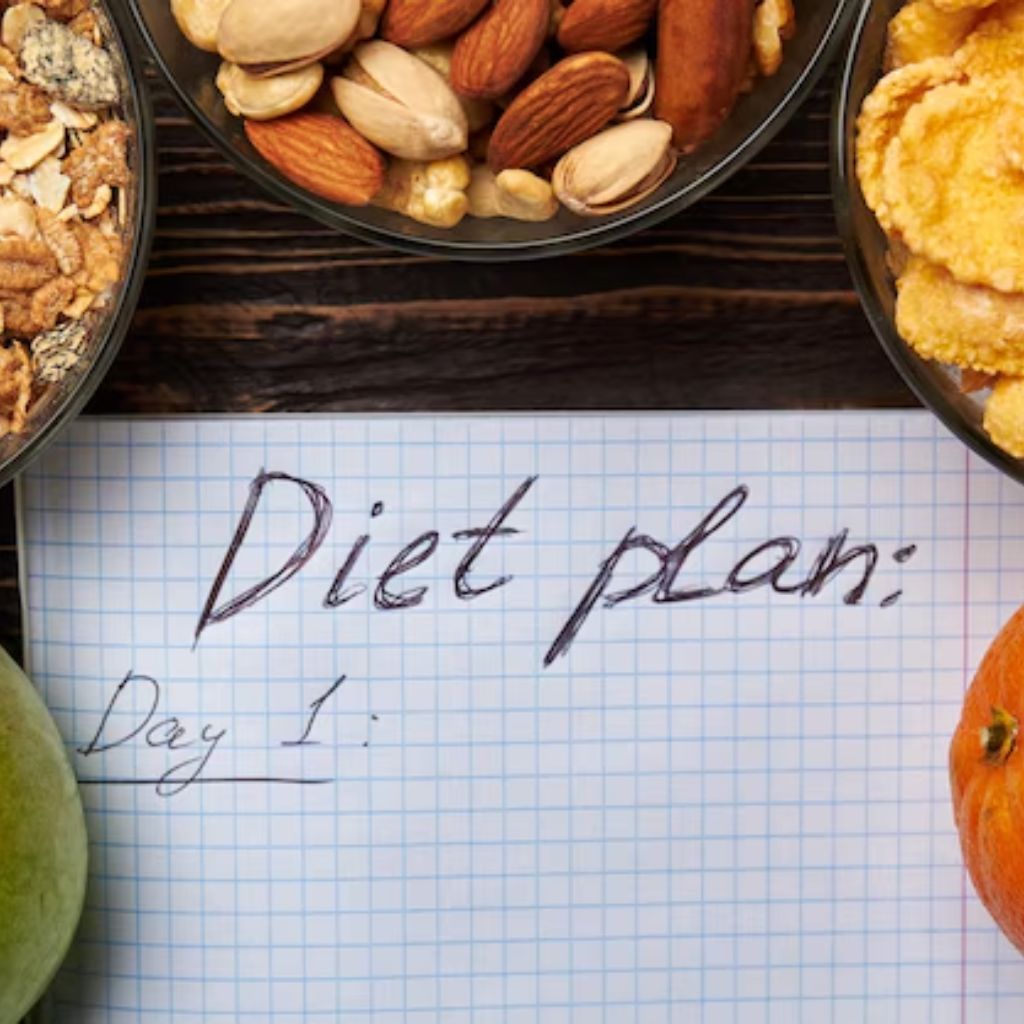If you’re searching for a practical way to increase your protein intake without eating meat, then downloading a High Protein Vegetarian Diet Plan PDF could be your game-changer. This type of plan takes the guesswork out of what to eat, helps you stick to your health goals, and provides energizing meals that fuel both your body and mind. Contrary to popular belief, a vegetarian diet doesn’t have to mean a plate full of just vegetables and salads. Instead, it can be rich, hearty, satisfying, and full of variety—thanks to the abundance of high-protein plant-based options now available.
Whether your goal is muscle recovery, weight management, or simply boosting your energy throughout the day, a High Protein Vegetarian Diet Plan PDF can guide you toward balanced nutrition. It’s not only about beans, lentils, or tofu—though those are fantastic staples—but also about discovering creative and delicious ways to add diversity to your meals. Let’s dive deeper into the benefits, myths, essential components, and practical strategies for adopting this lifestyle.
Understanding High Protein Vegetarian Diets
A high protein vegetarian diet is designed for individuals who want the benefits of increased protein intake without relying on animal meat. Protein is essential for muscle repair, tissue recovery, enzyme production, and energy regulation. Unfortunately, many people assume that vegetarians struggle to get enough protein. The truth is, with proper planning, it’s easier than you think.
When you follow a High Protein Vegetarian Diet Plan PDF, you’ll find structured guidance that balances protein sources with other vital nutrients such as fiber, iron, magnesium, and vitamins. This balance ensures you don’t just meet protein needs but also support overall wellness. Unlike typical diets that may emphasize calorie restriction, this approach encourages nutrient-dense meals that help you feel fuller for longer.
What makes this style of eating even more exciting today is the surge of plant-based food innovations—pea protein powders, lentil-based pastas, almond yogurts, and meat alternatives. All of these can make your High Protein Vegetarian Diet Plan PDF more enjoyable and versatile, ensuring you never feel deprived or limited.
Benefits of a High Protein Vegetarian Diet
Adopting a high protein vegetarian diet plan offers both immediate and long-term health benefits. One of the biggest advantages is muscle support. Whether you’re working out at the gym or simply maintaining daily activity, protein helps repair tissues and build strength. This diet is especially helpful for those aiming for lean muscle growth without consuming meat.
Another benefit is weight management. High protein foods promote satiety, reducing overeating and curbing cravings. Unlike crash diets, a structured High Protein Vegetarian Diet Plan PDF provides sustained energy from nutrient-rich whole foods, so you avoid the highs and lows of sugar crashes.
Research also links vegetarian diets to lower risks of chronic diseases like heart disease, hypertension, type 2 diabetes, and obesity. The added fiber from legumes and whole grains improves digestion, while antioxidants from vegetables and nuts promote better immune health.
To make things clearer, here’s a quick comparison:
| Benefit | Regular Diet | High Protein Vegetarian Diet |
|---|---|---|
| Muscle Support | Dependent on meat protein | Achieved through legumes, quinoa, tofu, dairy |
| Weight Management | Calorie restriction required | Naturally supported by satiety from plant protein |
| Chronic Disease Risk | Higher with red meat intake | Lower due to fiber and antioxidants |
| Energy Levels | May fluctuate | Stable and long-lasting |
Common Misconceptions
Despite the proven benefits, there are still many myths about high protein vegetarian diets. The most common one is that it’s impossible to get enough protein without meat. This isn’t true. Foods like lentils, beans, tofu, seitan, and even grains like quinoa pack significant protein.
Another misconception is that vegetarian diets lack complete proteins. While not every plant food contains all nine essential amino acids, combining different sources (like rice and beans or hummus with whole-grain pita) creates a complete amino acid profile.
People also assume this way of eating is expensive. In reality, a High Protein Vegetarian Diet Plan PDF can actually save you money. Legumes, seeds, oats, and seasonal vegetables are budget-friendly and last longer in bulk. With thoughtful planning, eating vegetarian can be cheaper than a meat-heavy diet.
Lastly, some think vegetarian food is boring. However, plant-based meals now rival traditional dishes in flavor. From lentil burgers to quinoa stir-fries, your options are endless when you use a structured plan.
Essential Components of a High Protein Vegetarian Diet
For your High Protein Vegetarian Diet Plan PDF to work, it should be built on essential components that make it both effective and sustainable. Think of your diet as a puzzle—each category of food provides unique benefits, and together they create a complete nutritional picture.
Protein Sources for Vegetarians
Protein sources for vegetarians are diverse and delicious. Incorporate these options into your meals:
- Legumes: Beans, lentils, and chickpeas are excellent protein sources. For example, one cup of cooked lentils contains about 18 grams of protein.
- Nuts and Seeds: Almonds, chia seeds, and flaxseeds not only provide protein but also healthy fats. A quarter cup of almonds offers around 8 grams of protein.
- Whole Grains: Quinoa, brown rice, and barley contribute significant protein and fiber. Quinoa, in particular, contains all nine essential amino acids.
- Dairy and Eggs: If you include dairy and eggs in your diet, they’ll boost your protein intake. A large egg has about 6 grams of protein, while Greek yogurt packs around 20 grams per serving.
Combining these protein sources throughout your weekly meal plan ensures you receive varied and complete nutrition.
Balancing Macronutrients
Balancing macronutrients in a high protein vegetarian diet enhances health and well-being. Focus on these macronutrient ratios for optimal results:
- Proteins: Aim for 20-30% of your daily intake from protein sources. This balance supports muscle maintenance and repair.
- Carbohydrates: Allocate 45-55% of your diet to complex carbohydrates. Foods like whole grains and fruits provide necessary energy.
- Fats: Keep fat intake at roughly 25-35% of your daily calories. Opt for healthy fat sources such as avocados, nuts, and olive oil.
Striking this balance helps maintain energy levels throughout the day while keeping you satisfied. Adjust these percentages based on your individual goals and activity level. Prioritize whole foods for nutrient density, ensuring your high protein vegetarian diet remains both nutritious and exciting.
Sample High Protein Vegetarian Diet Plan
A high protein vegetarian diet plan offers a delicious way to meet protein needs while enjoying a variety of foods. Below is a sample daily meal structure that incorporates protein-rich options.
Daily Meal Structure
Breakfast
Start your day with a protein-packed smoothie made from spinach, banana, and Greek yogurt. Add a scoop of plant-based protein powder for an extra boost. Pair it with a slice of whole-grain toast topped with peanut butter for healthy fats.
Snack
Enjoy a handful of almonds or pumpkin seeds. Both options provide protein and healthy fats to keep you energized until lunch.
Lunch
Savor a quinoa salad featuring black beans, corn, diced bell peppers, and avocado. Drizzle lime juice for flavor. This meal is not only rich in protein but also offers a variety of vitamins and minerals.
Snack
Opt for cottage cheese with sliced fruit or a protein bar. This snack choice supports muscle repair and keeps hunger at bay.
Dinner
Indulge in a lentil stew filled with carrots, celery, and spinach. Serve alongside a piece of whole-grain bread. This meal provides a protein punch and keeps you satisfied.
Example Recipes
Protein-Packed Quinoa Bowl
Combine 1 cup of cooked quinoa with 1 cup of roasted chickpeas, steamed broccoli, and tahini sauce. This dish features around 25 grams of protein and is flavorful.
Vegetarian Stir-Fry
Sauté 1 cup of mixed vegetables with ½ cup of tofu and a splash of soy sauce. Serve it over brown rice for a wholesome dinner. This meal provides approximately 30 grams of protein.
Chickpea Salad
Mix 1 can of drained chickpeas with chopped cucumbers, tomatoes, parsley, and olive oil. This refreshing salad delivers about 15 grams of protein.
| Meal | Protein Estimate | Key Ingredients |
|---|---|---|
| Breakfast | 25–30g | Smoothie + toast |
| Lunch | 20–25g | Quinoa + beans |
| Dinner | 25–30g | Lentils + bread |
| Snacks | 15–20g | Nuts, seeds, yogurt |
That’s around 85–100g of protein daily—plenty for most adults.
These meals and snack ideas combine to create a high protein vegetarian diet plan that keeps you satisfied, nourished, and excited about your food choices.
Tips for Sticking to Your Diet Plan
Sticking to your high protein vegetarian diet plan can be enjoyable and rewarding when you incorporate effective strategies. Here are some tips to help you stay on track.
Meal Prepping Techniques
Meal prepping is a game-changer for your high protein vegetarian diet plan. Start by choosing a day each week to prepare meals in advance. Cook large batches of quinoa, lentils, or beans to use throughout the week. Store them in individual containers for easy access. Chop fresh vegetables for salads or stir-fries and keep them in the fridge.
Create snacks like protein balls or roasted chickpeas, so healthy options are always ready. Portion your meals to control servings and make sure you’re hitting your protein targets. Consider using recipes that are simple and can be customized with different ingredients. This keeps the meal prep exciting and tailored to your taste buds.
Staying Motivated
Staying motivated on your high protein vegetarian diet plan is essential for success. Keep track of your progress by maintaining a food diary, logging meals, and noting how you feel. Set achievable goals, such as trying one new high-protein recipe each week. Celebrate these milestones to build momentum. Join a community, whether online or locally, where you can share experiences and find support.
Connecting with like-minded individuals helps you stay inspired and exchange tips. Visual reminders, such as charts or boards, showcasing your goals or favorite recipes can also boost motivation. Stay engaged with your diet plan by experimenting with flavors, spices, and cooking techniques to keep meals fresh and appealing.
Conclusion
Embracing a high protein vegetarian diet can transform your meals and boost your energy. With so many delicious options available you’ll never feel deprived. From hearty lentil stews to vibrant quinoa bowls your taste buds are in for a treat.
By incorporating a variety of protein-rich foods you’ll not only meet your nutritional needs but also enjoy the journey of cooking and experimenting with flavors. Meal prepping and staying motivated will make sticking to this diet a breeze.
So why wait? Dive into the world of high protein vegetarian meals and discover how satisfying and energizing they can be. Your body and mind will thank you for it!
Frequently Asked Questions
What is a high protein vegetarian diet?
A high protein vegetarian diet incorporates various plant-based foods rich in protein, such as legumes, nuts, seeds, dairy, and eggs. It emphasizes diverse, flavorful options that help maintain energy levels and support overall health without relying on meat.
What are the benefits of a high protein vegetarian diet?
This diet aids in muscle building, weight management, and overall health improvement. It provides essential nutrients, boosts energy, and can lower the risk of chronic diseases while promoting longevity through increased fiber, vitamins, and minerals.
Can I get enough protein without meat?
Yes! Many plant-based foods, like legumes, nuts, and whole grains, are rich in protein. Combining different sources can ensure you obtain a complete amino acid profile without meat.
How can I ensure a balanced intake of nutrients?
Aim for a macronutrient balance where 20-30% of your daily intake comes from proteins, 45-55% from carbohydrates, and 25-35% from healthy fats. Prioritize whole foods to keep your diet nutritious and enjoyable.
What does a sample high protein vegetarian meal plan look like?
A sample meal plan might include a protein-packed smoothie for breakfast, snacks of almonds or pumpkin seeds, a quinoa salad for lunch, cottage cheese with fruit for an afternoon snack, and a hearty lentil stew for dinner.
How can I stick to a high protein vegetarian diet?
Meal prepping can help! Choose a day to prepare meals ahead, cook large batches of protein-rich foods, and create healthy snacks. Joining supportive communities and experimenting with flavors keep meals engaging and enjoyable.


